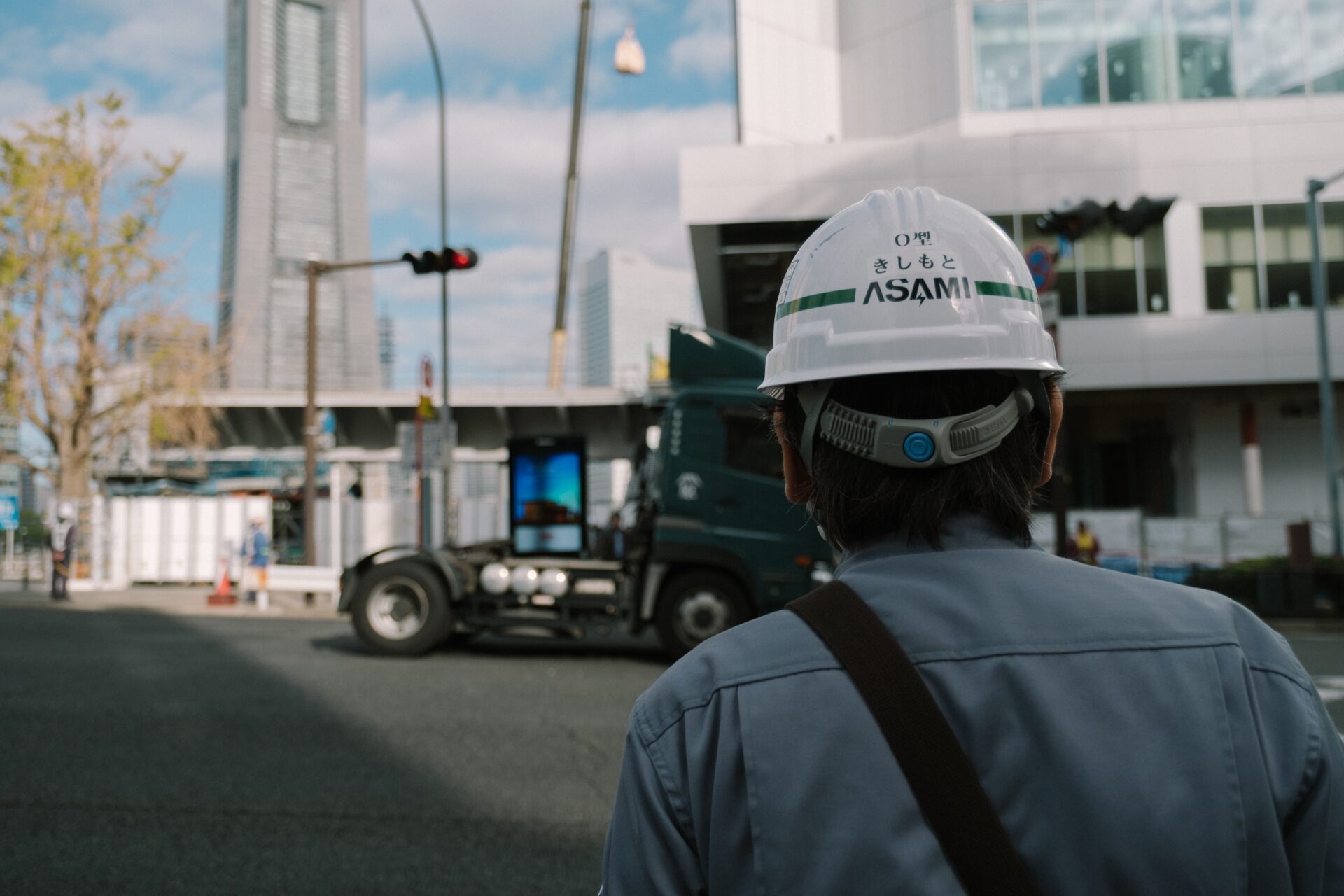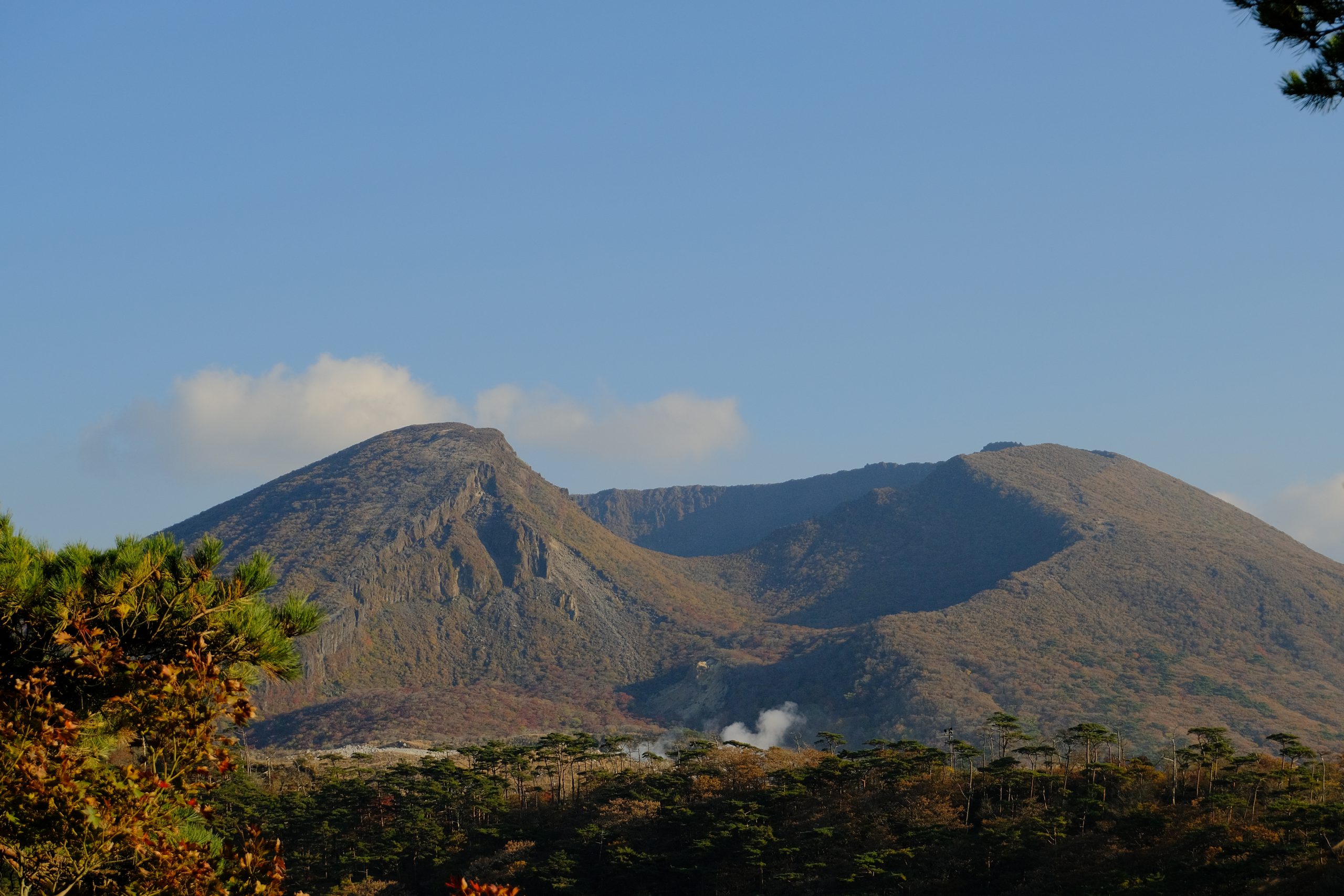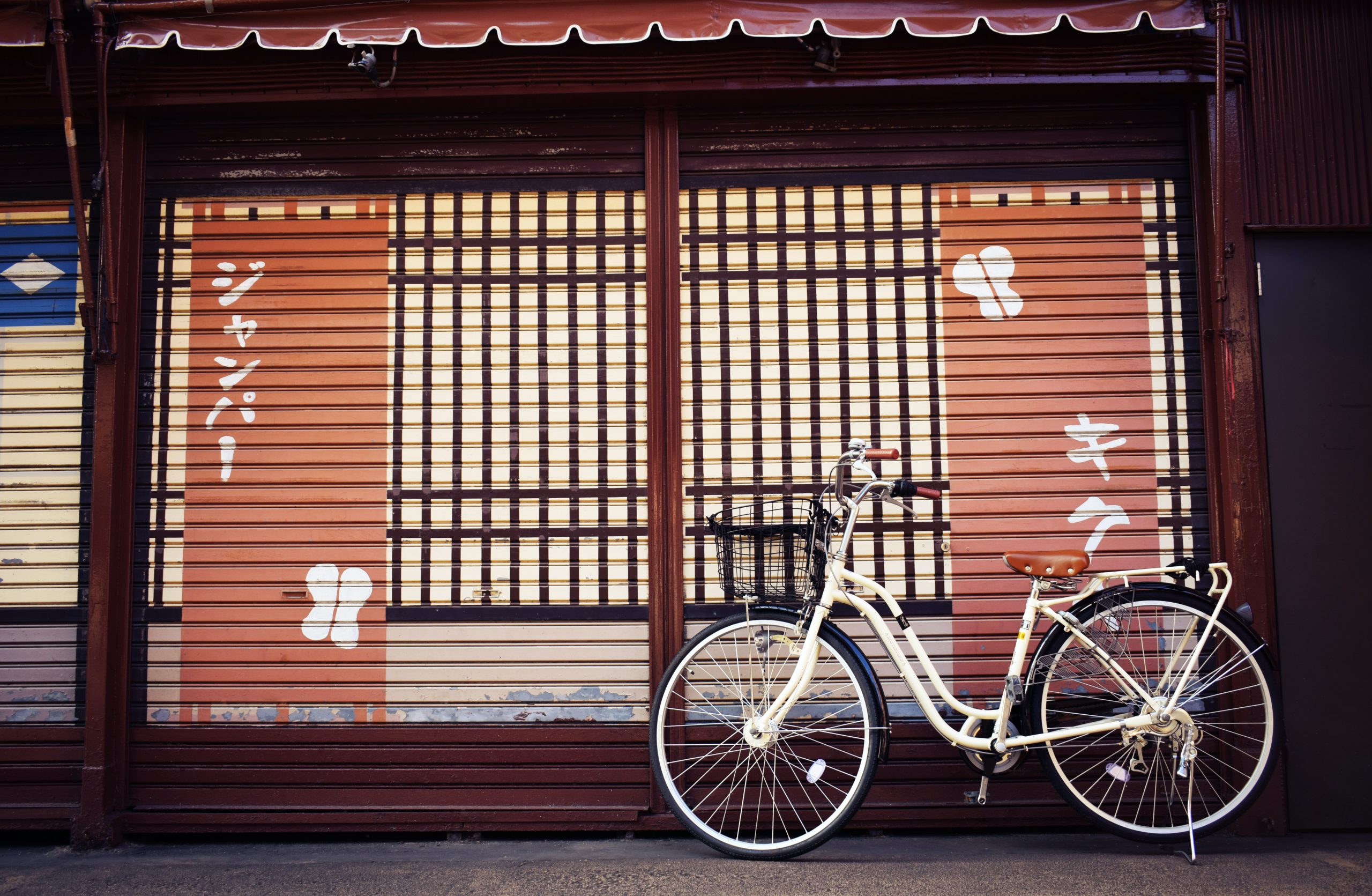While you may have heard about some of the famous earthquakes that have happened in Japan, what you may not be aware of is that the country has around 1,500 of these events per year. This is because the island nation is located at the convergence of four tectonic plates, and it is the shifting of these plates that causes earthquakes.
Because earthquakes are a regular part of Japanese life, a lot of effort has gone into making buildings and public places safe from strong quakes. Both the location and intensity of an earthquake affect whether it can be felt and how devastating it will be, and because Japan is made up of islands, there is the chance of an ensuing tsunami as well.
Most earthquakes in the country are very mild (you definitely won’t feel 1,500 earthquakes if you stay in Japan for a year!), but there have been some that were particularly devastating. Let’s go over some of the largest earthquakes in Japan’s history, what to do in the event of an earthquake, and how you can learn more about Japan by visiting one of these sites on your trip.
Caution – The following article contains images of earthquake damage
1. Measurement of earthquakes in Japan
You probably know the Richter scale that is globally used to measure the earthquake magnitude. However, in Japan shindo (震度) is more commonly used to measuring the degree of shaking during an earthquake. The Japan Meteorological Agency’s unique seismic shindo scale measures the shaking during earthquake at a given location rather than the energy released at the earthquake’s epicenter (what is measured by Richter scale). An earthquake can only have one Richter Magnitude measurement, whereas the degree of shaking during an earthquake varies per location and subsequently several shindo numbers will be noted. The further from the epicentre, the lower the shindo reading is, see image below of the 2011 Tohoku Earthquake. The shindo scale is only used in Japan and Taiwan.

2. The Great Kanto Earthquake 1923
On September 1st, 1923, the Kanto region suffered one of the worst natural disasters in the country’s history when an earthquake of magnitude 7.9 struck, destroying the cities of Tokyo and Yokohama and killing 140,000 people. As the earthquake occurred just before noon, many people were cooking over flames at the time, leading to fires that continued burning for days afterwards. There was also a 12-meter-high tsunami that left more than a million people without homes.
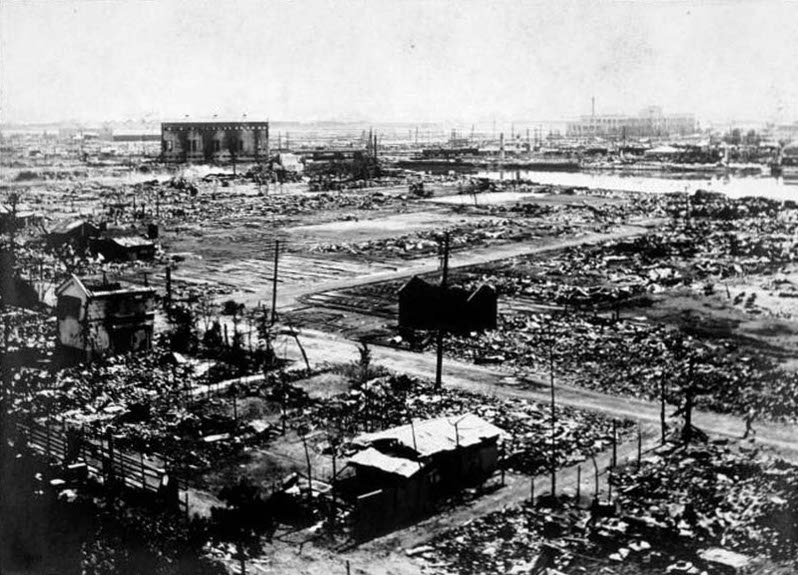
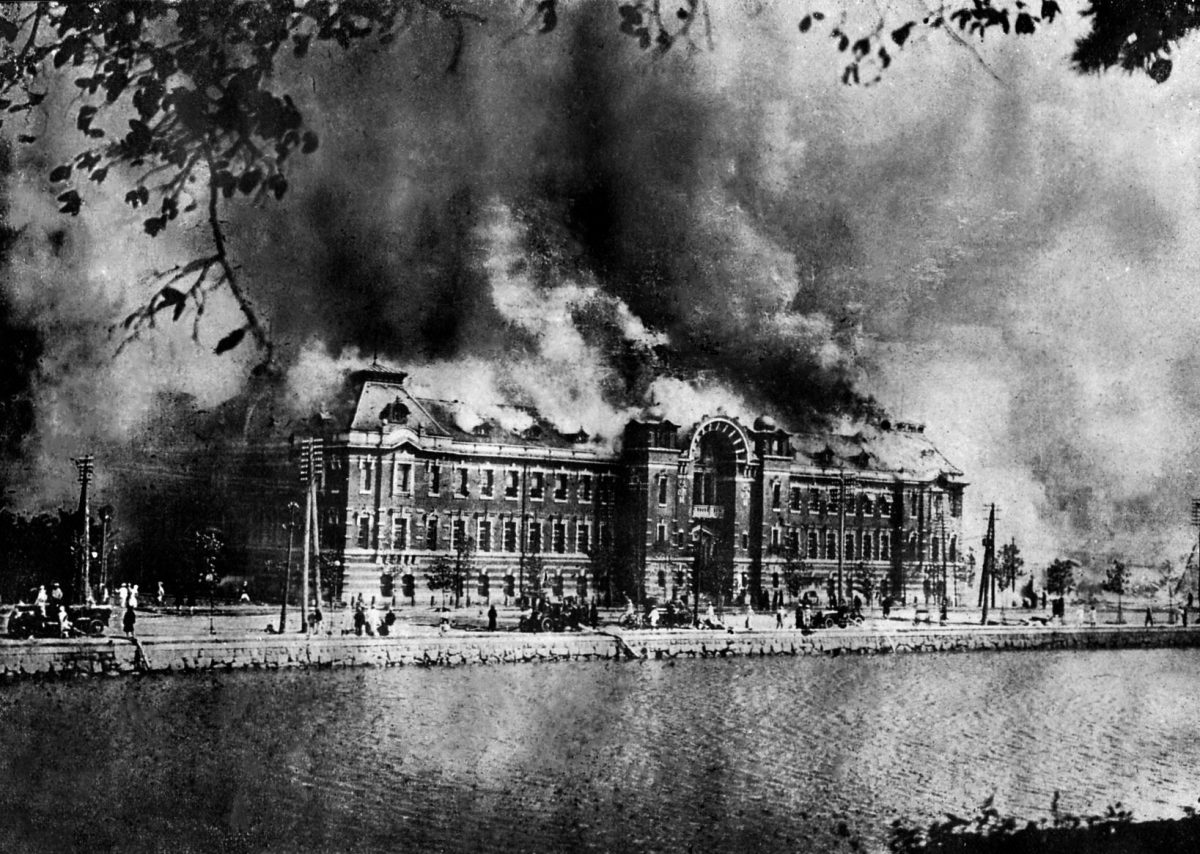

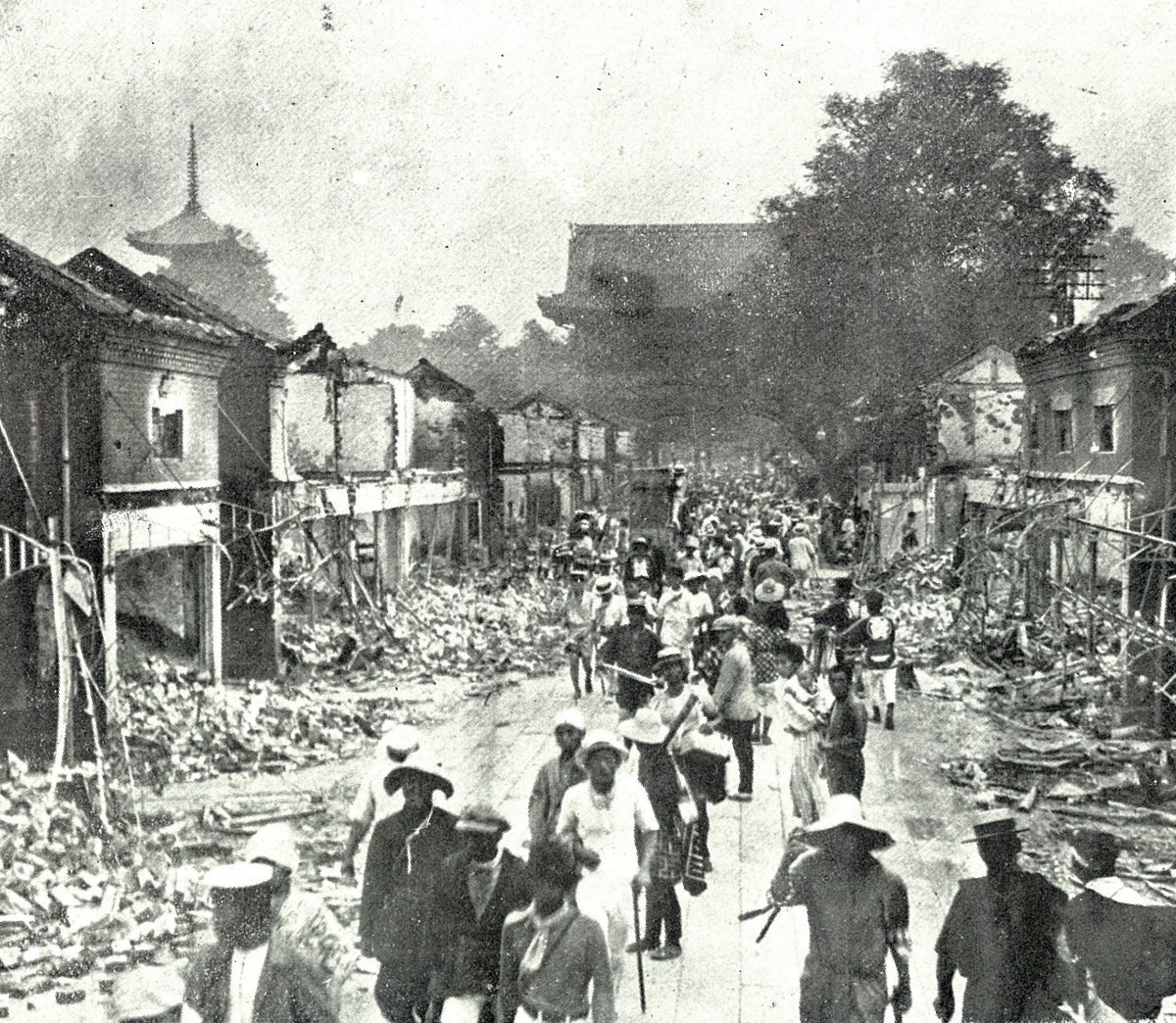
To commemorate the disaster and the dark days that followed, September 1st was named Disaster Prevention Day starting in 1960. Emergency drills are held throughout the country by local governments and schools, sometimes with very specific parameters to ensure people know what to do in the event of another disaster so the chaos that followed the Great Kanto Earthquake will never be repeated.
2. The Great Hanshin Earthquake 1995
The seaside city of Kobe is located in Hyogo Prefecture, just west of Osaka along the coast. Early on the morning of January 17th, 1995, it was hit with a 6.9 magnitude earthquake, with an epicenter on nearby Awaji Island. Because the epicenter was so close to the city, the densely-populated area suffered greatly, with an estimated 6,400 deaths, 40,000 injured, and more than 300,000 left homeless.
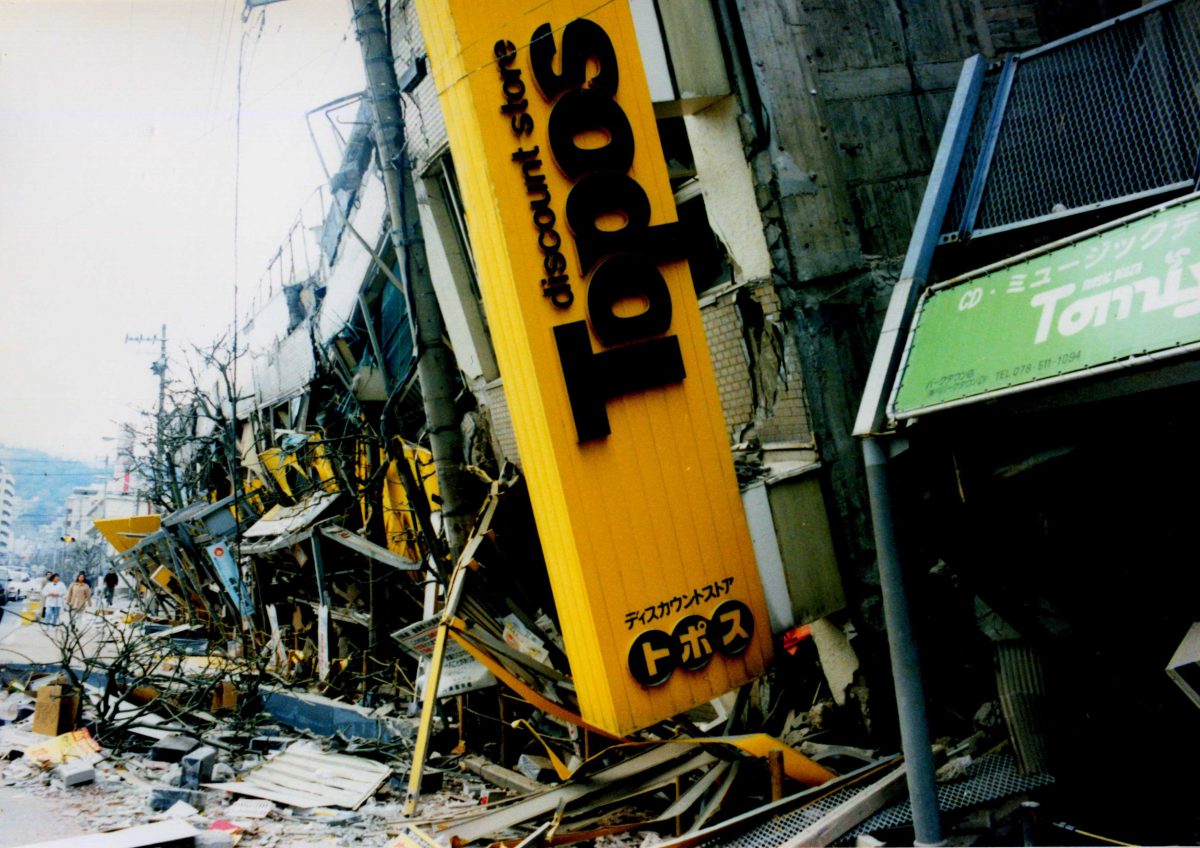



One of the most notable aspects of the quake was how it exposed a lack of preparation in local infrastructure. Thousands of buildings completely collapsed, as did portions of the Hanshin Expressway, exposing the flaws of many outdated buildings and structures and leaving more than $100 billion in damage. As a result, important studies were done and measures taken to improve not only the readiness of the government and citizens, but proper safety measures for new construction, making sure buildings, roadways, and rail lines are secure and protected against future calamities.
Though it took the city of Kobe a long time to recover, it is a resilient community that makes great effort to remember this tragedy in its past. Every winter, the Luminarie light festival is held to commemorate the lives lost in the quake. Initially intended as a one-time event to raise money for aid, it has become an annual tradition, with incredible light displays and food and drink stalls. If you’re in the Kobe or Osaka areas during December, this is a must-see event.
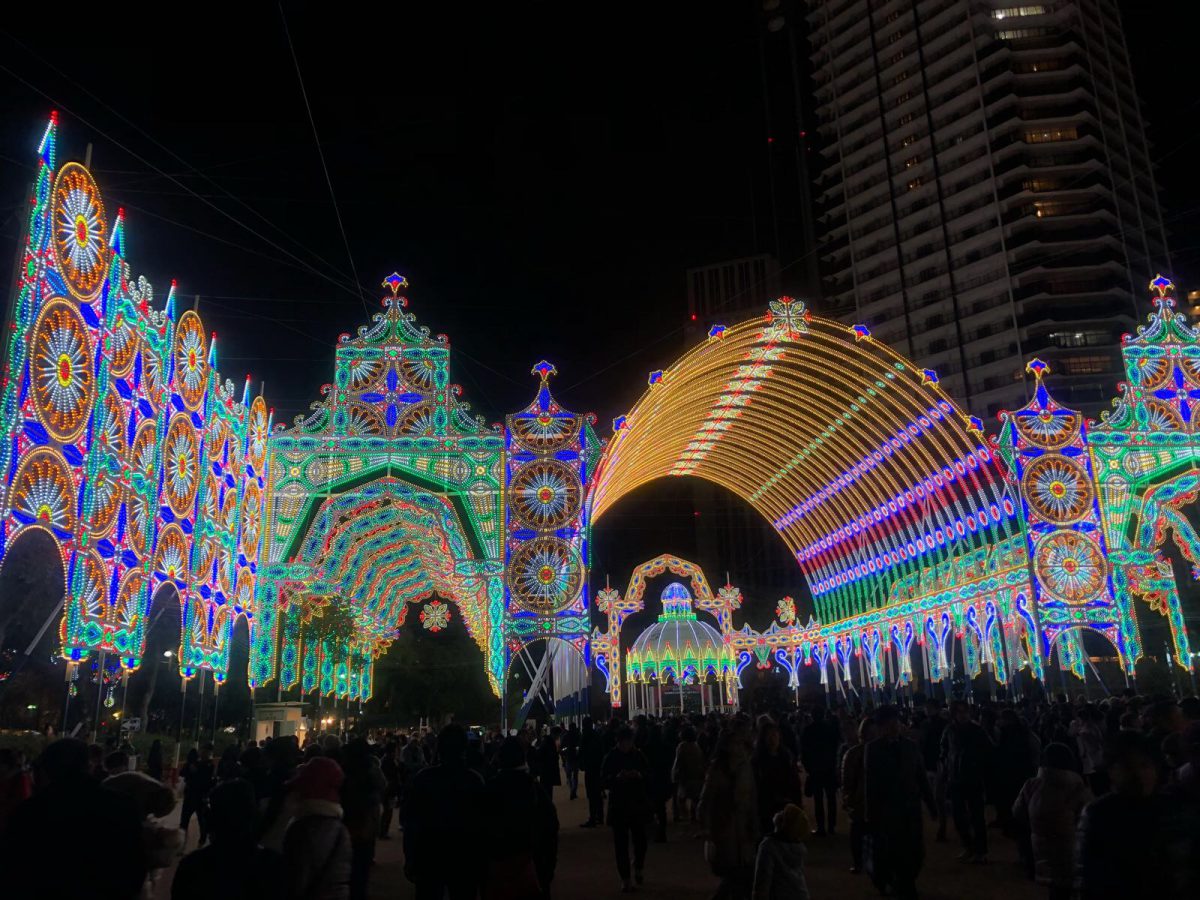
3. 2011 Tohoku Earthquake and Tsunami
The strongest recorded earthquake in Japan’s recorded history came on March 11th, 2011, a magnitude 9.0 quake affecting the eastern part of Honshu and triggering a tsunami 40 meters high. More than 15,000 people were killed and 450,000 left homeless, and the effects were felt for a long time afterward: still residents are unable to return home and some (small) parts are inaccessible, tsunami debris continued to wash up on North American beaches years later, and a magnitude 7.3 aftershock was felt ten years later in 2021.
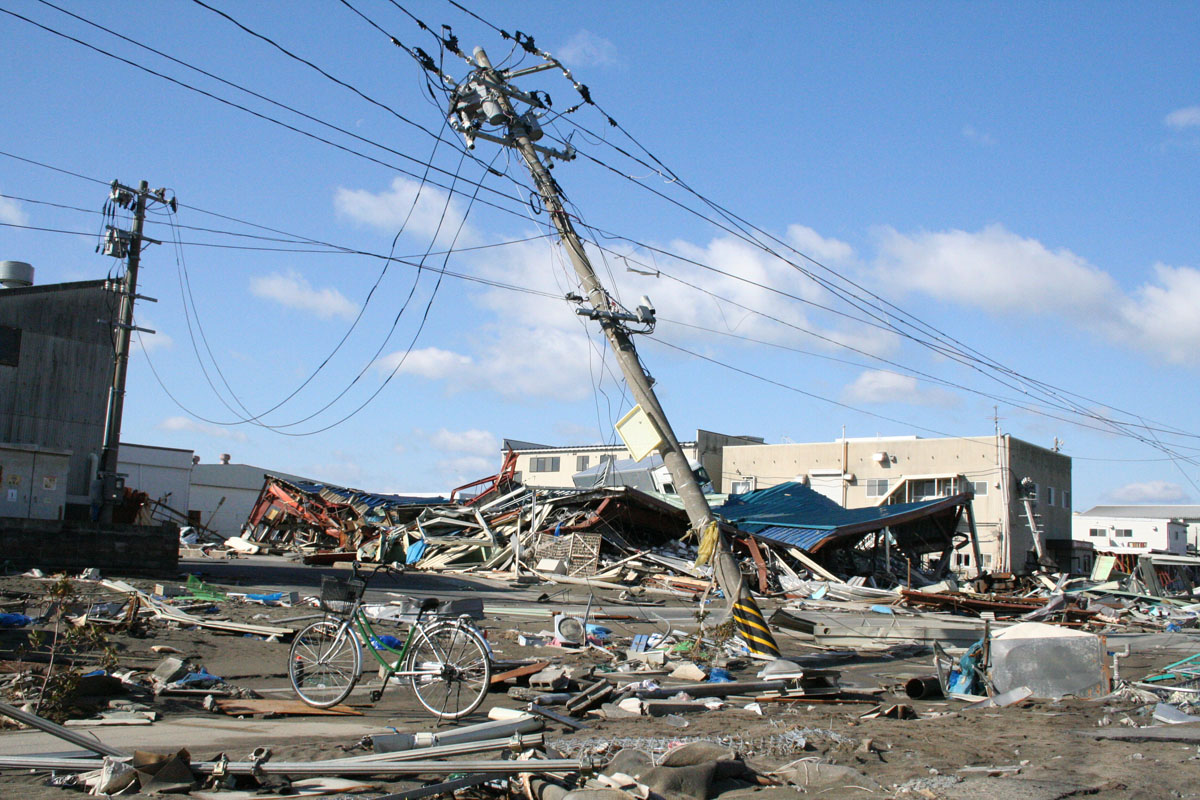
Ishinomaki City, located along the Sanriku Coast, is the site of a stone memorial called Ishinokinendo made of laminated stones representing the victims of the disaster and its aftermath. The Sanriku region was badly damaged by the earthquake and ensuing tsunami and many cities along the coast were completely destroyed. Fortunately, many facilities and buildings were rebuilt quickly, also in an effort to welcome tourists to the area. Tourism is seen as an important contributor to rehabilitation and revitalisation of the Sanriku area.
The Fukushima Disaster
An additional catastrophe that resulted from the 2011 earthquake and tsunami occurred at the Fukushima Daiichi Nuclear Power Plant in the town of Okuma, around 220 km northeast of Tokyo. The tsunami disabled the power supply and cooling for three of the plant’s reactors, causing them to melt, an event rated level 7 on the International Nuclear and Radiological Event scale. More than 100,000 people were evacuated from their homes.
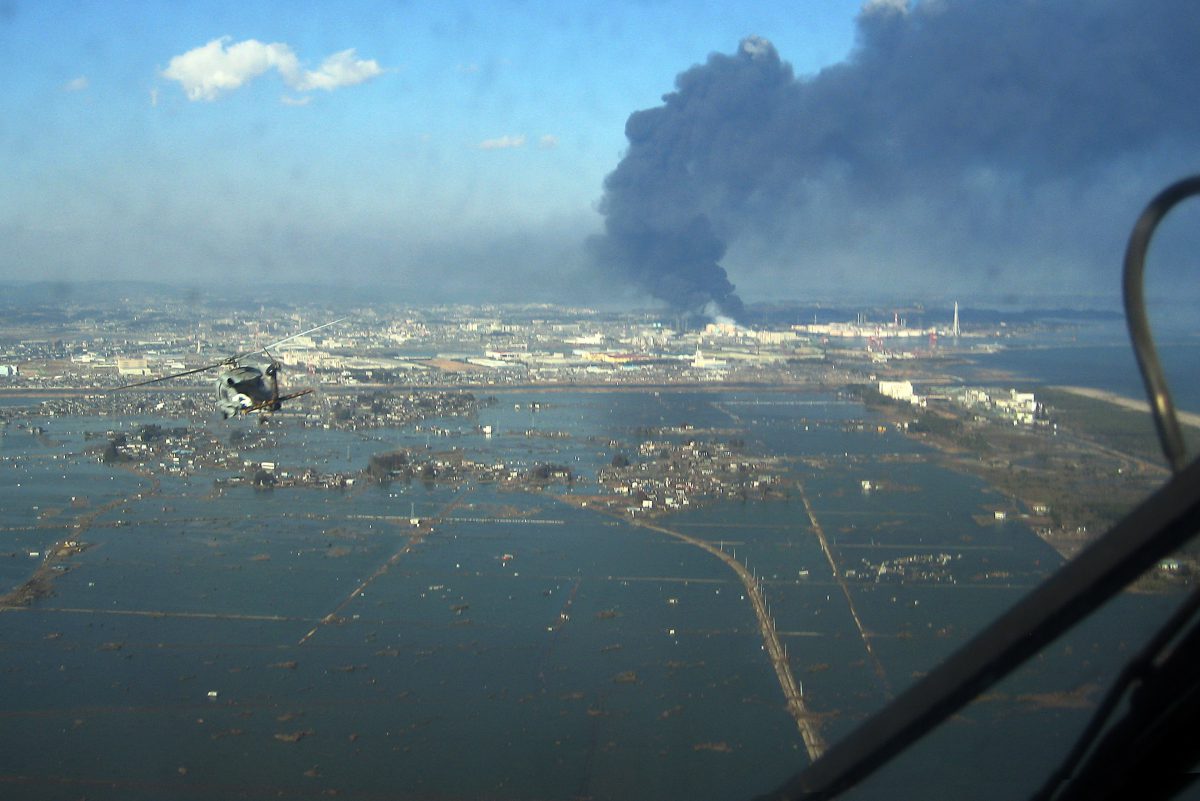
A Disaster Memorial Museum was opened in the city of Futaba, where visitors can better understand life in the area before and after the accident. There is also a large memorial in Iwate that occupies a site formerly held by a forest destroyed by the tsunami. Though some tourists have been hesitant to visit the area because of radiation, this is an important place to learn about Japan’s past, present and future for visitors who want to really know the country. There are one and two-day tours of the area, along with walking and cycling tours and private experiences where you can learn about the disaster and what has happened since.
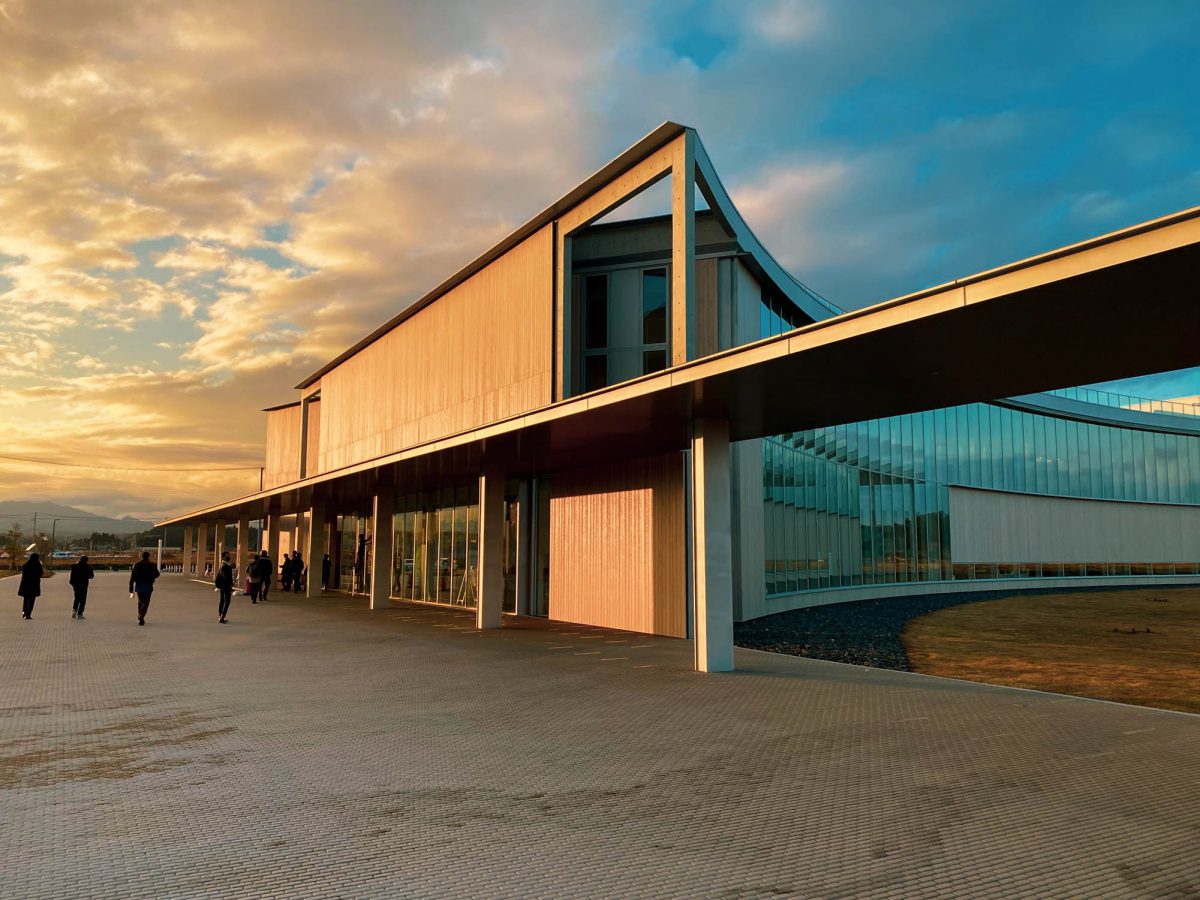
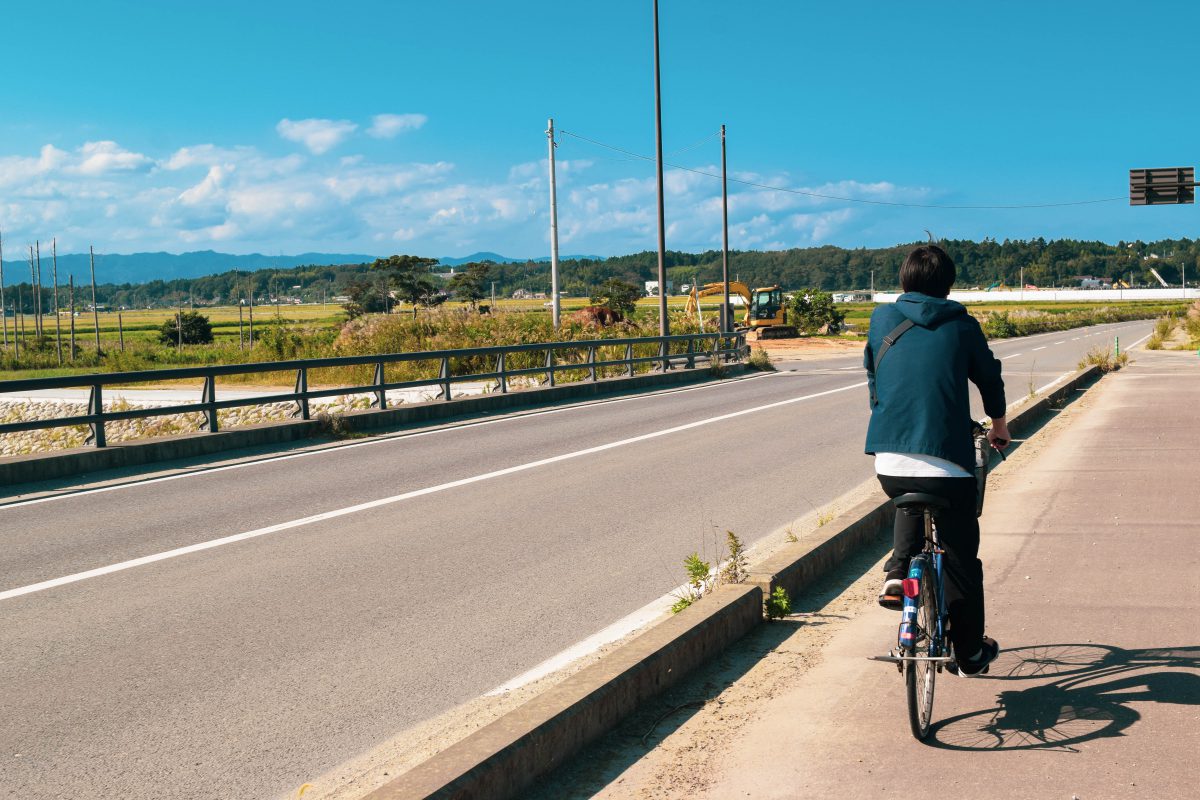
There was also a memorial service held in Tokyo in 2021 to commemorate ten years since the disaster, and the Olympic Torch was named the “Flame of Recovery” with a special display in areas affected by the earthquake.
What to do when an earthquake happens in Japan?
Though most earthquakes in Japan are mild, it’s always wise to be prepared. Most people living in Japan keep an emergency kit at home and there are several steps to take in case of an earthquake, regardless of where you are:
- Know the location of emergency exits and evacuation procedures for your hotel.
- When the earthquake starts, stay inside. Drop under heavy furniture like a table or desk, hold onto the object, and cover your head.
- Stay away from windows and shelves with heavy objects during the earthquake.
- If outside, stay away from the walls of nearby buildings.
- Avoid doorways, windows, elevators, and downed power lines.
- Learn emergency phone numbers in case of accident or injury.
- Be prepared for aftershocks.
- Bring a first-aid kit with you.
- Write down the contact information for your country’s embassy so you can get in contact with them if need be.
- Learn a few key Japanese phrases so you can ask for help.
- Above all, don’t panic; everyone is in the same boat as you, so staying calm and working together are the best ways to make sure everyone in your group is safe.
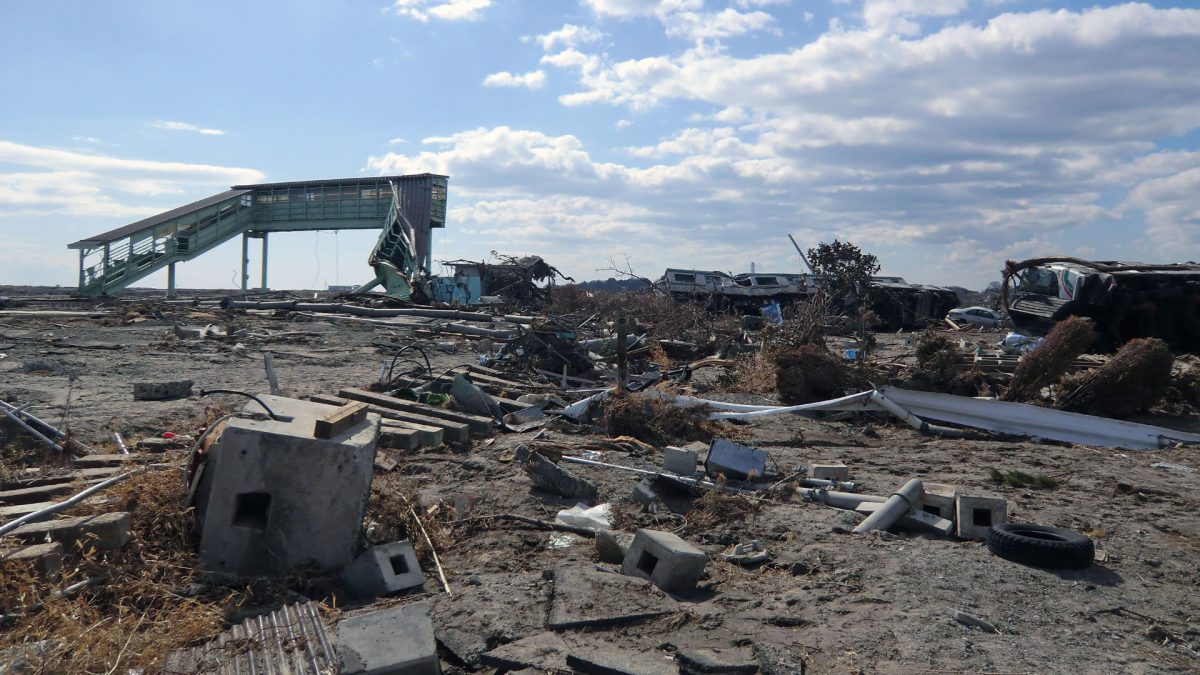
Japan is located in an area where several tectonic plates meet and it is the shifting of these plates that causes earthquakes. This causes frequent minor earthquakes, some 1500 earthquakes occur in Japan each year. In Japan, a different measurement scale called shindo is used to describe the earthquakes. This number shows the degree of shaking during the earthquake at a given location and therefore differs depending on the area. Because of the frequent earthquakes and the powerful earthquakes with large consequences in Japan’s history, many people are prepared and it is good to also be aware of this while travelling. No need to fear, but a little bit of preparation never hurts.
Follow us on Instagram, Facebook and Twitter for more travel inspiration. Or tag us to get featured!
Happy travelling!
Articles you might also enjoy
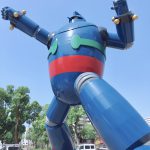
Gregg Maxwell Parker is an author and screenwriter best known for the book Troublemakers. Originally from the United States, he moved to Kobe in 2018. Gregg and his wife, Eriko, are the minds behind the blog As Seen In Japan, where they share pictures and stories from everyday Japanese life. They can be found on Twitter and Instagram.
This post may contain some affiliate links. When you click through and make a purchase we may receive some commission, at no extra costs to you.
